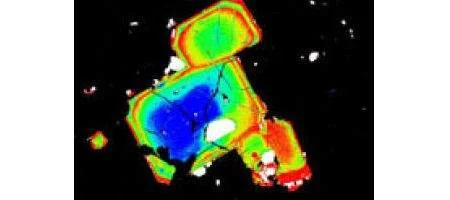Examining crystals formed deep within volcanoes could give a year’s warning of impending eruptions, say scientists.

Scientists from the University of Bristol used forensic-style chemical analysis to link seismic observations of the deadly 1980 Mount St Helens eruption to crystal growth within the magma chamber, the large underground pool of liquid rock beneath the volcano.
Specifically, the team studied zoned crystals, which grow concentrically like tree rings within the magma body. Individual zones have subtly different chemical compositions, which reflect the physical changes within the magma chamber and can thus indicate what volcanic processes are going on and the timescales over which they take place.
Peaks in the growth of iron- and magnesium-rich crystals were found to correlate with increased seismicity and gas emissions in the months running up to an eruption.
In the case of Mount St Helens, the crystals indicated that pulses of magma were flowing into a growing chamber within the volcano.
“Such a correlation between crystal growth and volcanic seismicity has been long anticipated, but to see such clear evidence of this relationship is remarkable,” says geologist Dr Kate Saunders.
This forensic approach can be applied to other active volcanoes, she says, to improve forecasting of future eruptions.






